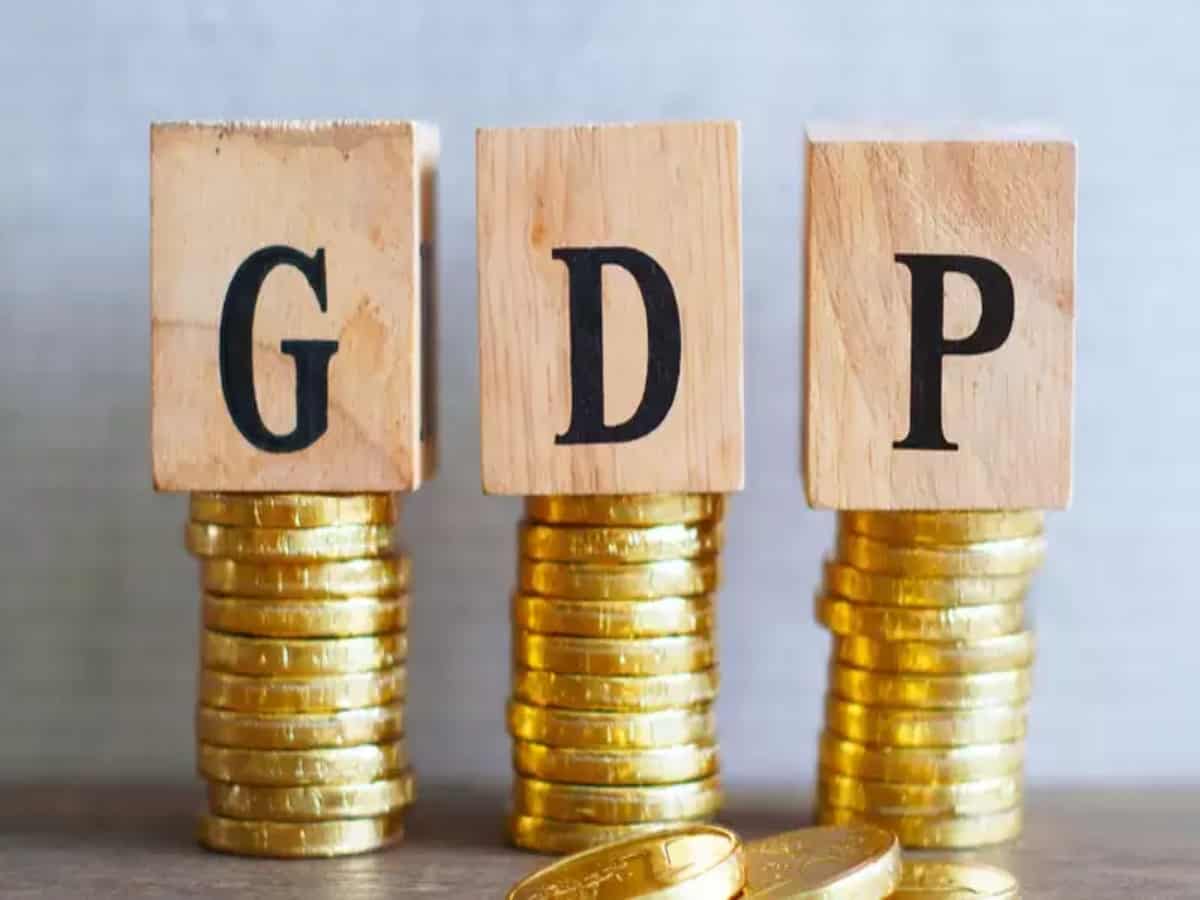
New Delhi: India’s gross domestic product (GDP) growth is expected to come in at 7.8 per cent in fiscal 2023, said ratings agency Crisil.
According to the ratings agency, any potential upside due to the early end of a mild third wave of Covid-19 infections will be offset by the ongoing geopolitical strife stemming from Russia’s invasion of Ukraine.
Currently, the geo-political crisis is creating a dampening effect on global growth and pushing up oil and commodity prices.
The agency said that risks to growth are tilted to the downside.
“Spiking commodity prices, especially of crude oil, will have a bearing on India’s macros, including the current account deficit and inflation. These would create headwinds to growth. The good part is, the health of the financial sector is on the mend, with better capitalisation, profitability and asset quality,” said Amish Mehta, Managing Director & CEO, Crisil at ‘India Outlook, Fiscal 2023’ event.
“That, and enhanced public spending on infrastructure, private investments driven by the Production-Linked Incentive scheme, and a chunk of green capex should deliver some good-quality tailwinds.”
Besides, the ratings agency said that average Consumer Price Index (CPI)-based inflation, will stay firm at 5.4 per cent next fiscal– if the price of crude oil averages $85-90 per barrel — and takes into account the excise duty cuts announced last year. However, it cited that upside risks will build if the geopolitical strife prolongs, keeping oil and commodity prices higher for longer.
When the price of crude oil averaged $110 per barrel between fiscals 2012 and 2014, inflation was in double digits. Furthermore, the agency pointed out that private consumption, which is the largest component of demand and has been the slowest to recover from the pandemic, will also face headwinds from high inflation.
“We believe the fiscal policy will need to be deployed more aggressively than envisaged in the Union Budget for next fiscal. This can be done by increasing allocation for employment-generating schemes and food subsidy, and cutting duty on petroleum products,” said Dharmakirti Joshi, Chief Economist, Crisil.
“This can be a relief bridge for those most affected by the pandemic till such time the virtuous cycle of investment-led growth plays out in the labour market, and private consumption demand becomes self-sustaining.”
Additionally, Crisil said that ripple effects of higher commodity prices have reflected strongly in the operating profitability of India Inc during past cycles.
This time around, it said that passthroughs have been “good” and earnings before interest, tax, depreciation and amortisation (Ebitda) margin is expected to sustain above 20 per cent for the second year in a row for the top 700 corporates this fiscal.
In addition, it said revenue growth in most sectors has been driven by prices this fiscal.
The pace is significantly above fiscal 2019 (pre-pandemic period), especially in the exports and commodity-linked sectors. “While both volume and value growth are above pre-pandemic levels in the exports sectors, prices have driven a higher proportion of recovery in the metals sector,” the agency added.



